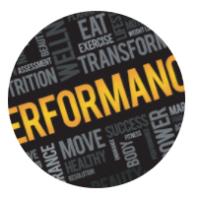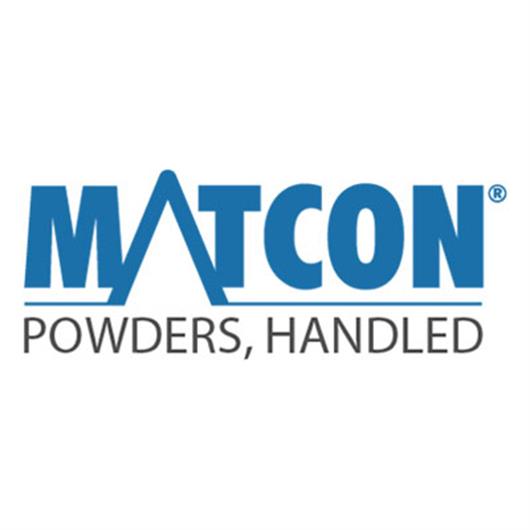 Add My Company
Add My Company
Sign In

Going from garage start-up to larger scale production can be a daunting prospect for manufacturers in any sector, not least in the high competition, high stakes sports nutrition industry. It all seemed so simple when you were filling, blending and packaging products by hand, but manual materials handling just isn’t going to cut it if you’re serious about expanding your sports nutrition manufacturing empire. So what are the options?
Continuous production and fixed mixers
Continuous production lines are what most people think of when they think of a sports nutrition manufacturing facility – conveyor belts, pipelines and machines all coupled together to take materials on a non-stop journey from raw ingredients to finished, packaged product.
However, there are a number of drawbacks to a continuous system that can impact your overall productivity and efficiency. Here we look at the benefits and disadvantages of the fixed mixer system, and propose a leaner, cleaner, alternative way of blending your recipes.
How does a fixed mixer work?
Fixed mixers are essentially large receptacles into which you pour your raw powdered ingredients. Regardless of whether that product is a protein shake mix, a nutritional supplement or the dry ingredients for an energy bar, the ingredients for a given product all get blended together to make your recipe – which can then go forward for further processing or packaging.
Fixed blenders usually work very quickly and efficiently, with a rotating blade that folds and mixes the various ingredients together to produce a consistent, even mix.
For more information on Fixed Mixers: The Obvious Choice in Sports Nutrition Manufacturing? talk to Matcon Ltd
Enquire Now
More News
List your company on FindTheNeedle.

